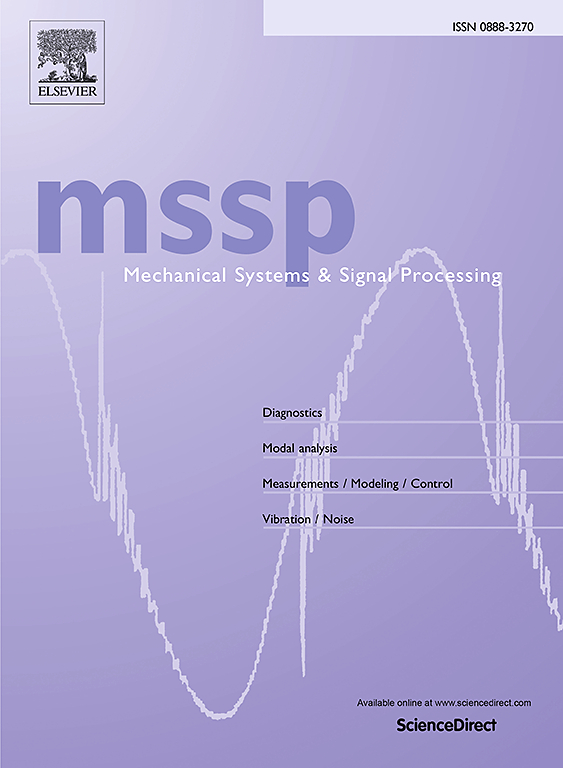A hybrid deep learning-based approach for on-line chatter detection in milling using deep stem-inception networks and residual channel-spatial attention mechanisms
IF 7.9
1区 工程技术
Q1 ENGINEERING, MECHANICAL
引用次数: 0
Abstract
Excessive chatter significantly degrades both the quality of the finished workpiece surface and the efficiency of machining operations. To address this productivity bottleneck, online chatter detection has emerged as a key area of research in recent years. However, existing approaches often rely on manually extracted features, which can limit their effectiveness. Deep learning, with its automatic feature extraction and feature learning capabilities, presents a promising alternative for more general and accurate detection, but its effectiveness relies on well-labeled training data, which remains a challenge. Therefore, this study introduces a novel hybrid deep convolution neural network (CNN) architecture that combines the stem block and the Inception modules with the channel-spatial attention mechanism embedded in the residual network block (RCS-block). It is called SIRCS-CNN. The stem-block serves as a crucial bridge between the raw input image and the deeper layers of a CNN, playing a vital role in extracting meaningful features and preparing the data for further processing by the deeper layers. To enhance the depth of the feature maps, the multi-scale features of the cutting vibration signal are automatically extracted by the two Inception sequential blocks. The RCS-block assigned focuses on capturing inter-channel and spatial dependencies by computing the attention weights across different channels and different spatial locations of the feature maps; therefore, it helps the network to emphasize important channels, suppress less relevant ones, and enhance model accuracy. Furthermore, the introduction of RCS-blocks also contributes to mitigating the risk of vanishing gradients and accelerating network training. Importantly, the combined strengths of these modules in SIRCS-CNN enable robust generalization and accurate performance by including transition state data in the training process. Experimental validation with a stepped-shaped workpiece under diverse machining parameters demonstrates the effectiveness of SIRCS-CNN in chatter detection. By obtaining classification accuracy of 100% on the validation set and 98.81% on the testing set, respectively, the results showed that the proposed model succeeds better than other models. The proposed model can accurately detect every machining state, including the transition phases, when compared to the existing methods. In addition, the proposed model recognizes the severe chatter earlier than other approaches, which is advantageous for suppressing the chatter.
求助全文
约1分钟内获得全文
求助全文
来源期刊

Mechanical Systems and Signal Processing
工程技术-工程:机械
CiteScore
14.80
自引率
13.10%
发文量
1183
审稿时长
5.4 months
期刊介绍:
Journal Name: Mechanical Systems and Signal Processing (MSSP)
Interdisciplinary Focus:
Mechanical, Aerospace, and Civil Engineering
Purpose:Reporting scientific advancements of the highest quality
Arising from new techniques in sensing, instrumentation, signal processing, modelling, and control of dynamic systems
 求助内容:
求助内容: 应助结果提醒方式:
应助结果提醒方式:


